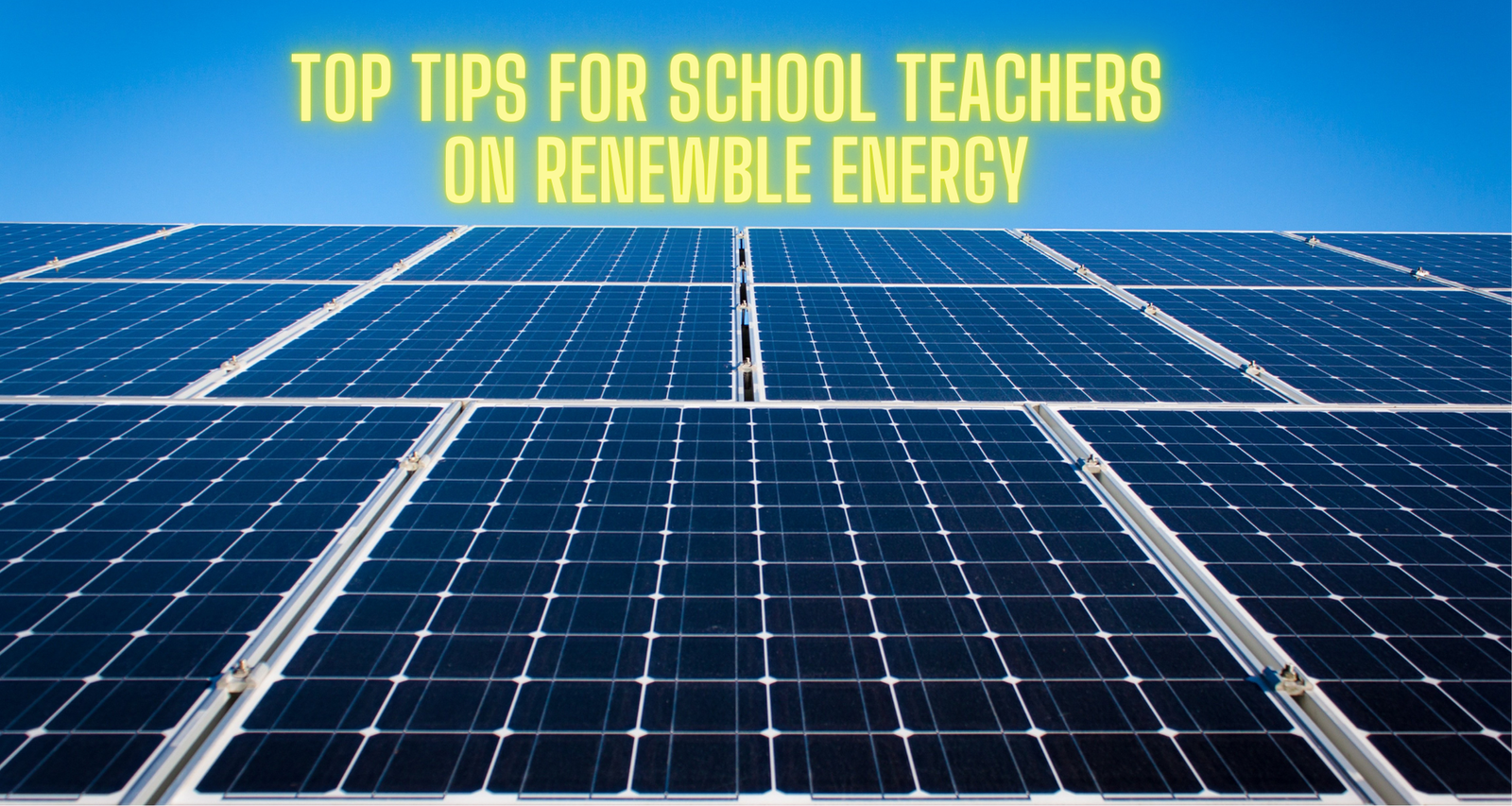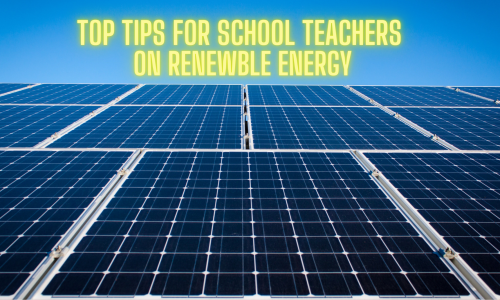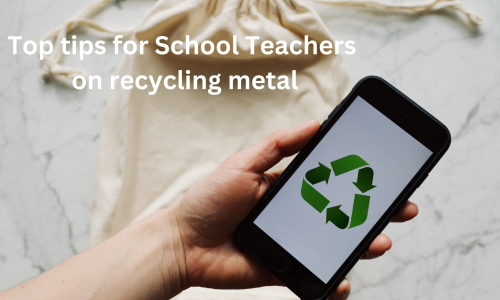1. Assess Your Energy Needs
- Determine your average electricity usage to select a system size that meets your needs without over- or under-sizing.
2. Check Roof Suitability
- Ensure your roof has sufficient space, the right angle, and minimal shading. South-facing roofs are ideal, but east or west-facing can also work.
3. Choose High-Quality Panels
- Opt for reputable brands with strong warranties (typically 25 years for panels). Look for high efficiency and durability ratings.
4. Consider Inverter Quality
- The inverter is the heart of your system. Choose a reliable, high-efficiency model, as it will need replacing before the panels.
5. Battery Storage Options
- If you want to store excess energy for later use, consider a solar battery. This can increase your energy independence.
6. Compare Quotes
- Get quotes from multiple installers. Compare not only the cost but also the quality of components, warranties, and the installer’s reputation.
7. Research Installers
- Choose a certified and experienced installer with good reviews. Verify their credentials and ask for references.
8. Understand the Costs and Savings
- Calculate the return on investment by considering the total cost, government incentives, and long-term energy savings.
9. Check for Incentives
- Look for government rebates, tax credits, and incentives in your area. These can significantly reduce the upfront cost.
10. Plan for Maintenance
- Ensure you understand the maintenance needs of your system, including cleaning panels and monitoring performance to catch issues early.
By following these tips, you can choose a Solar PV system that’s tailored to your needs, ensuring long-term savings and energy efficiency.
Consult with your Teachers Discount county based installer for exact installation and maintenance requirements before you commit to installing a solar PV system.








